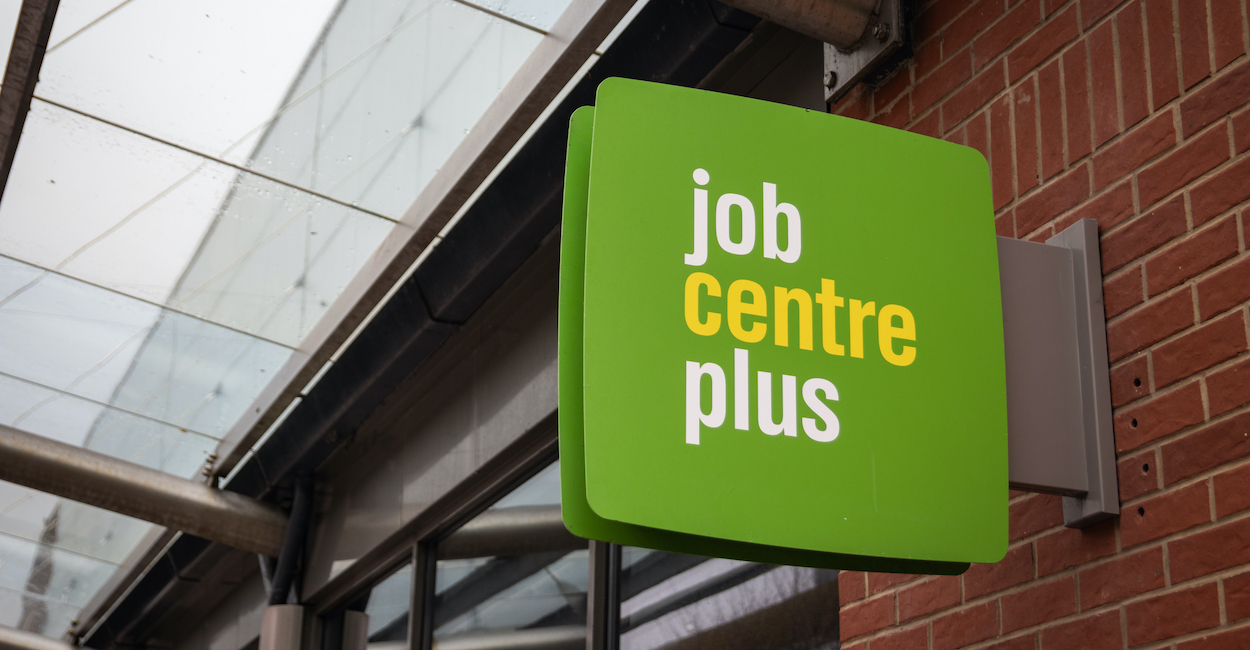By Ewen Stewart – 4 minute read
THIS WEEK the ONS published its monthly employment data to a fanfare of approval. Unemployment is close to a 50-year low – employment participation rates are rising – and so are wages. Lockdown can be forgotten. Apparently it’s business as usual.
Well at face value it’s hard to argue with this. Just look at the extraordinary unemployment data below. You’ve never had it so good!

Unfortunately, in the real world, the situation is a tad more nuanced than that.
Taking the make-up of employment data from the eve of lockdown to yesterday’s figures paint’s a rather different picture. The private sector is in some trouble having shed a net 513,000 jobs, while at the same time the public sector has grown by 367,000. Thus the productive engine of the economy, which generates the tax revenue, shrinks yet more.

Taking a longer-term view it is also noteworthy that the NHS has grown out of all proportion – from 1,176,000 employees in 1999 to a staggering 1,916,000 today – soaking up around 7 per cent of the entire workforce. That’s an additional three-quarters of a million NHS workers! I leave it to the readers’ own conclusions as to whether or not in their experience the NHS is a better organisation today for all those extra staff?

So the private sector is in decline, with the aggregate headline figure bailed out by public sector growth. But in addition to this, the ‘economically inactive’ individuals currently stand at a staggering 8.8 million, over 5x the official unemployment rate.
This group comprises a range of sub-sets of which students, homemaking, early retirement and long term sick are by far the most significant changes in the levels of key categories. With the aggregate inactive change from just before lockdown to the present day are outlined by the chart below.

Student numbers, at 2 million, are fairly constant as is the million, or so early pre-retirees. In long term structural decline is the band of home-makers which has broadly halved over the last 20 years to 1.6 million.
Noteworthy, however, is the increase in the long term sick from 1.97 million just before lockdown to a 2.5 million today. That 2.5 million is a staggering number of those unable to work for health reasons accounting for around one-in-twelve of the working population. Further, the OBR expects this number to increase. Why should that be so?
Wages are rising rapidly, so all is well? Well again not really. State benefits are rising in line with inflation (CPI) but wages are not, as is outlined by the chart below with real salaries falling by over 4 per cent on average.
We have created the perverse environment where the golden goose (those working) is taking the economic pain while the inactive are not. What sort of incentive might that be to encourage people back to work?

The unpalatable truth is the UK spent £298 billion on ‘social protection’ – around 30 per cent of all public spending last year. That’s around one-pound-in-seven generated by the entire economy. We are creating a society where incentives are perverse and in the long term that is simply not sustainable without a very substantial drop in living standards.
This is an economy where the headlines are rosy but the reality is far more complex and often negative. It’s a reality where notional GDP numbers are becoming less meaningful as the State accounts for virtually half (47 per cent according to the OBR) of the entire economy – up from a third even when Blair was PM. Where taxes are at a 70-year high, where regulation touches every area of life and is continuing to greatly mushroom. It’s a world where increasingly the state is the economy, or at the very least directs extraordinarily substantial portions of it. This is no way to create a strong, healthy, free society.
Over a generation we have moved from a broadly market economy to one with a very heavy and growing degree of central direction and let’s politely call it – aggressive nudge.
A world where the headline is one of sunny uplands. A 50-year low in unemployment, more people going back to work and wages rising.
This is at best a partial reality, for when you scratch beneath the headline, it’s an economy where public sector employment remains in structural growth, where benefits are protected but those working are taking real pay cuts.
It’s a society that is increasingly ill and dependent on benefit which is neither advantageous to the impacted individual, nor society as a whole. It’s a society where wages are falling and taxes are ever higher. Westminster will doubtless hail ‘Hunts miracle’ but the devil is in the detail and frankly the detail is not good.
If you If you appreciated this article please share and follow us on Twitter here – and like and comment on facebook here. Help support Global Britain publishing these articles by making a donation here.
Ewen Stewart is a City economist whose career has spanned over 30 years. He is director of Global Britain and a co-founder of Brexit-Watch.org.

